How to Create A Solar Powered CCTV Network
- Richard Wang
- May 31, 2022
- 3:53 pm
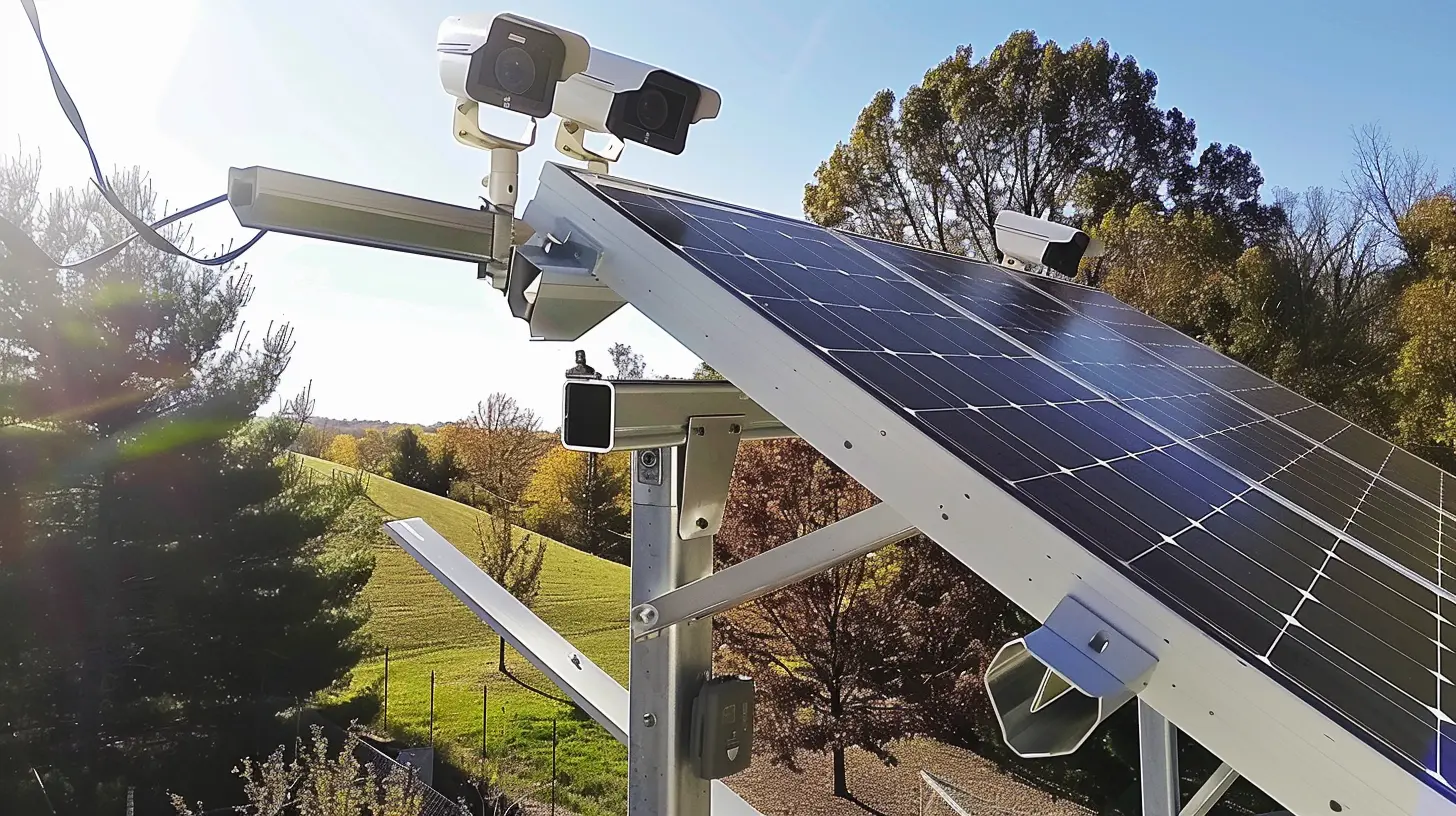
Table of Contents
Preface
Edgeware has designed many different types of solar powered CCTV networks. This article will summarize experience from Edgeware’s project cases and discuss how to create a solar powered CCTV network from the aspects of CCTV camera, backhaul network, operation and maintenance.
1.Why Do We Need Solar Powered CCTV Network
CCTV network is often deployed in some remote areas, or some areas without optical fiber and no utility power. In these areas, if the fiber optic network and power grid are to be established from zero, it is conceivable that the delivery cost and delivery time of the entire project will be a big problem. Therefore, solar has to be used as the main power source, and wireless technology is used as the basis for network backhaul to build the entire CCTV Network. Unlike some civilian solar power scenarios, CCTV network has high requirements on system reliability and availability. Therefore, when designing its solar system and wireless based backhaul network, various aspects of the design need to be considered.
Edgeware once had a project in Latin America where there was no electricity and no optical fiber. We used to have two plans, the first was to use Solar Powerer CCTV Network with LTE Small Cell technology. The second is to deploy optical fibers and utility power with GPON technology as the core. Based on the comparison of the total cost and construction time of each local project, Edgeware draws the following data comparison:
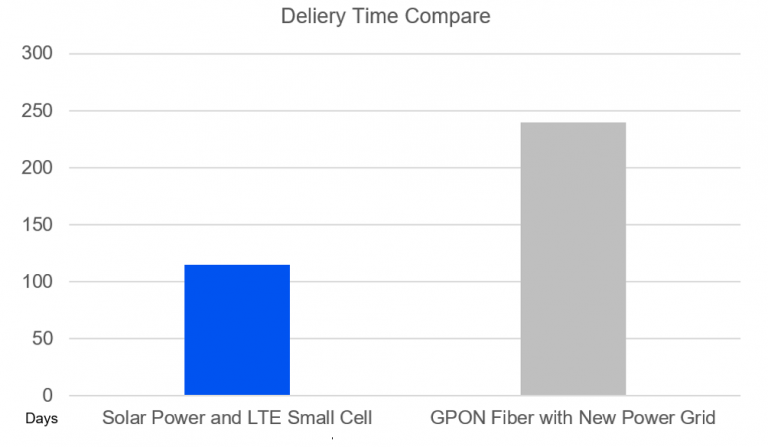
The data above is a comparison of our project delivery times in Latin America. Note that these delivery times will vary by region and project. In this region, the biggest problems we encountered with GPON fiber and the way to build the power grid are as follows:
(1) The local construction of fiber network involves factors such as site authorization and construction authorization, and the approval time is long.
(2) The construction period of the newly built civil work of the Fiber network is long, and the construction period of construction teams in different regions will vary greatly. It is difficult for an international company to identify the specific local conditions.
(3) Power grid construction often involves local government and administrative approvals, and these cycles can be long or short. Edgeware has encountered 2-year approval cycles. Therefore, the cycle of this part of the delivery is often not based on the factors of the project design and the deliverer itself.
Because these factors are uncontrollable, the delivery speed of Solar Power plus LTE Small Cell is greatly accelerated.
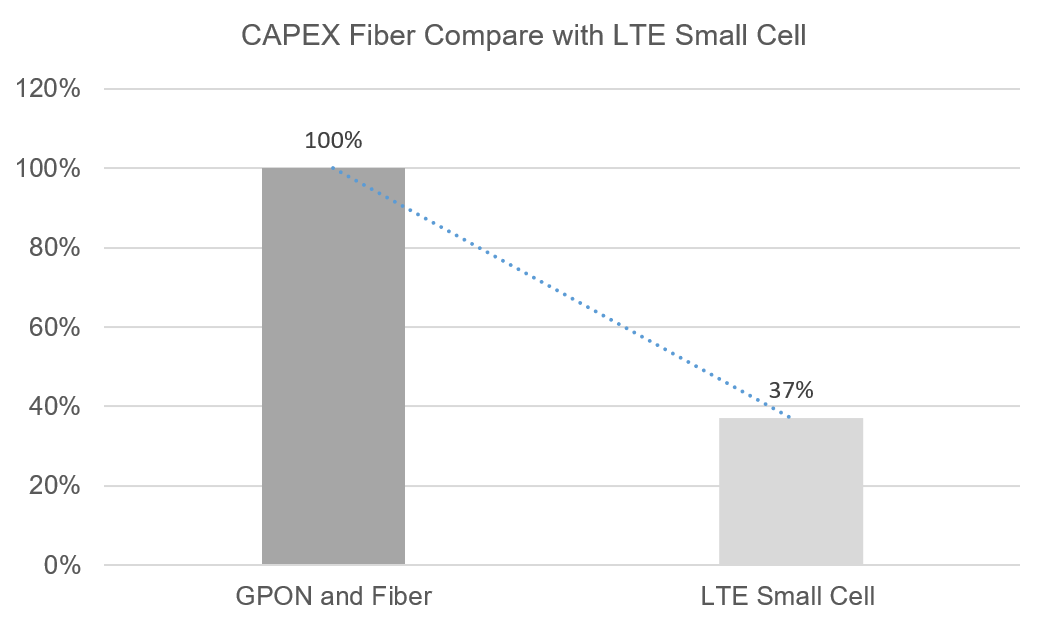
Source: Edgeware Latin America Region Project Data
As can be seen from the above figure, from the perspective of CAPEX investment, there is a big gap between the deployment of LTE Small Cell and GPON Fiber. In fact, the main reason is not the CAPEX of the equipment, but the factor of Civil Work.
(1) Civil Work in each country has different specific circumstances. Although labor costs are low in some developing countries, the overall cost is difficult to predict due to the capability of the construction team. In developed countries, labor costs are prohibitively high.
(2) The long deployment cycle of GPON Fiber has directly led to an exponential increase in overall project management and other expenses.
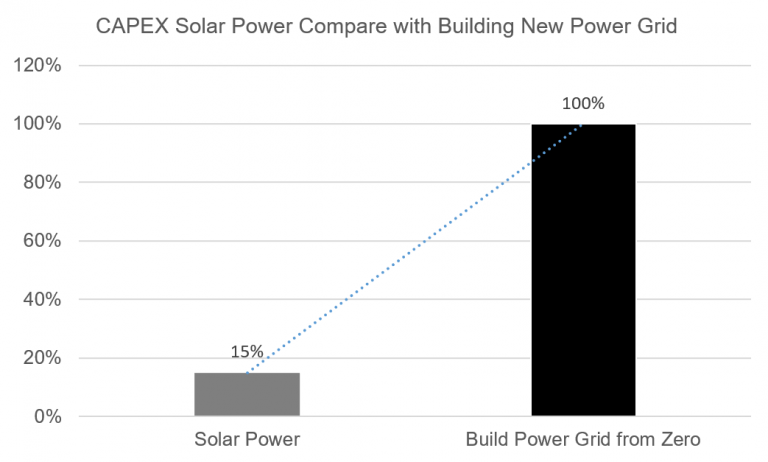
Source: Edgeware Latin America Region Project Data
The above picture is a comparison between building the entire network based on Solar Power and laying ultility power from zero. Please be sure to note that for CCTV network, its power request is often not big, mainly at the level of 30W-300W. At this power level, the investment in solar energy is actually not large. Correspondingly, if you want to build the power grid from zero, it will involve all aspects of the problem. Because in most countries, the power grid is related to the government’s administrative approval and the development plan of the power company. The project implementer will have to face the following problems:
(1) The planning and design of the power grid by the government cannot be decided by a private enterprise. If it is necessary to guide the government to build the power grid from zero, the time and other hidden costs involved are all project risk factors.
(2) Due to the natural monopoly and administrative characteristics of power grid companies, the actual deployment time of the power grid is very long.
(3) Before the construction and delivery of the power grid is completed, the entire CCTV network is not considered to be completed, and the customer ATP cannot be obtained, and the payment cannot be recovered. And this long wait is not caused by the CCTV network project ower.
So Edeware recommends that CCTV projet owner avoid this option, which will directly lead to project failure in most countries.
To sum up, in areas without fiber or power grid, the solution of solar powered CCTV network with LTE small cell is more suitable in terms of CAPEX and delivery time.
2.Solar Powered CCTV Camera Site
2.1 Solar Powered CCTV Camera Site Overall Architecture
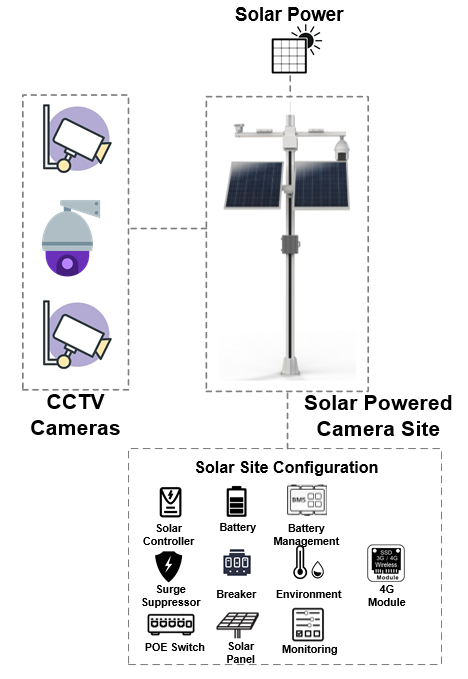
Solar powered CCTV network is a seemingly simple but complex scenario. It seems simple because its overall load is between 30W-300W. Most of them are below 100W. If the power is small, the capacity of the overall configuration will not be very large. But it’s a bit more complicated. Generally, large-scale CCTV network projects are often government and other institutions, which have high requirements on reliability. Therefore, we must consider and improve the overall design from all aspects.
The above picture is a typical architecture of our general deployment of CCTV camera site. Generally divided into the following systems:
(1) Solar Controller
(2) Battery and Batttery Management
(3) Surge Suppressor
(4) Breaker
(5) Environment
(6) PoE Switch
(7) Solar Panel
(8) 4G Backhaul
After the summary of Edgeware’s perennial projects, there are many places we need to pay attention to and optimize. These experiences are also the theoretical basis for Edgeware to design our system.
2.1 Solar Controller and Solar Panel for Solar Powered CCTV Camera Site
2.1.1 Solar Panel Configuration of Solar Powered CCTV Camera Site
CCTV network scenarios are very different from general civilian scenarios. Civilian scenarios generally have enough space to place solar panels. As shown in the picture below, I can see that the solar panel will be installed on the roof in general civil scenarios. The space on the roof is not limited too much, so spreading out the solar panels as large as possible is beneficial to the collection of solar energy. The large-area solar panel is easier to fix on the roof, and the wind resistance is strong when it is fixed well.
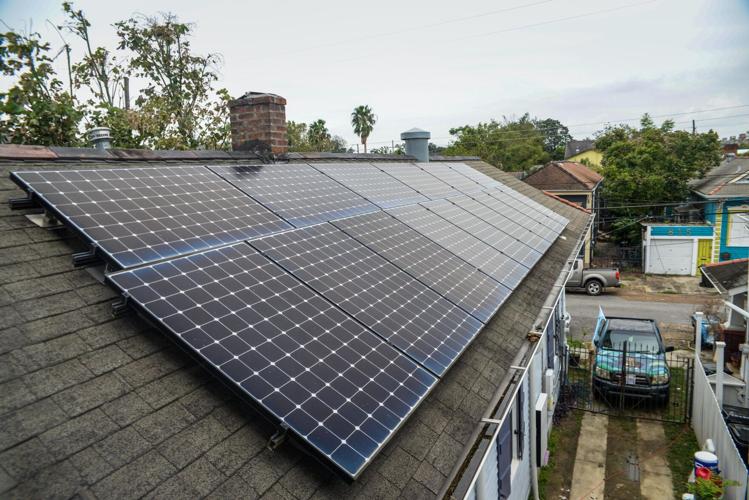
However the scenario of the solar powered camera site is very different. The overall power of the solar powered camera site is not large, but we still have to configure the solar panel as efficiently as possible. The main reason is that solar pole panel mounting needs to consider far more factors than roof mounting in general civilian scenarios.
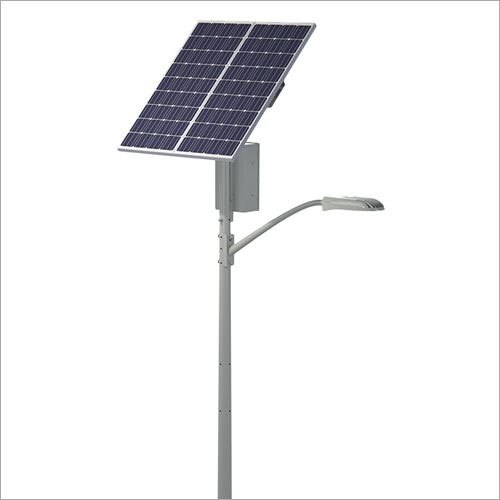
The picture above is a typical pole mounting solar panel scenario. It is conceivable that such a scenario cannot support solar panels with very high power. The overall power of the Solar powered camera site is not large, but
Availability requirements are high. Therefore, deploying solar panels with higher power as much as possible helps to improve the availability of the system. However, because most solar powered camera sites are pole mount scenarios, the wind resistance of the solar panel configuration needs to be fully considered, which makes it impossible to configure a large solar panel. The specific configuration of the solar panels, the thick and strong poles that need to be configured, needs to be calculated according to the region and the common wind level.
2.1.2 Solar Controller for Solar Powered CCTV Site
The solar controller in the solar powered CCTV site scenario has certain special characteristics, and its requirements cannot be covered by the civilian-level solar controller on the market. When we design the solar controller for the solar powered CCTV site, we need to pay special attention to the following points:
(1) MPPT solar controller is a must
As we have mentioned in the above chapter, the solar powered CCTV site cannot be too large due to the limitation of the pole mounting scene. So in order to improve the efficiency of the overall system, it is necessary to use an efficient MPPT solar controller.
(2)Lightning protection problem
The solar controller must consider the perfect lightning protection design. 20ka level lightning protection is recommended.

(3) Solar Controller output voltage problem
The CCTV network scene is completely different from the general civilian scenario. Most of the load devices in general civilian scenarios are AC input. However, in the CCTV network scenario we do not necessarily need to use the AC load. For example, there are DC48V and other DC voltage options. Moreover, the power supply methods of POE/POE+/POE++ all require DC48V input. Even if the POE switch you choose supports AC input, the essence is to convert AC to DC48V for the POE power supply mechanism. The POE technology is widely used in the CCTV network. Therefore, we believe that in the CCTV network scenario, it is most appropriate to use DC48V as the main ground voltage.
When we go to choose the DC48V solar controller, you will find that miniaturized, industrial-grade products are hard to find in the market. Throughout the various solar controllers on the market, most of them are designed for civilian scenarios. Low-power scenarios such as 500W level are generally DC12V, DC24V. The solar controller with DC48V output is generally more than 2000W. Of course most solar controllers are based on AC output.
Therefore, it is not easy to find a solar controller suitable for CCTV network scenarios, which is why Edgeware decided to develop its own solar controller many years ago.
2.1.3 Battery and Batttery Management of Solar Powered CCTV Camera Site
Most CCTV scenes are outdoors, so we recommend being very careful with battery selection. We recommend choosing lithium batteries first. Because of the small size and weight of lithium batteries, the energy density is high. The most important thing is that the working temperature is high, and the working temperature of the general VRLA battery is 25 ℃. In outdoor scenarios, the temperature inside the outdoor power cabinet can easily exceed this temperature. Without going into details here, you can refer to our previous articles:
How to Calculate Solar Panel and Battery for CCTV System 3.1 Choose Your Battery Type Carefully
More important than battery type selection is battery management. We know that when the entire solar powered CCTV site is deployed in an outdoor remote area, on-site trouble shooting is very expensive. Therefore, the remote management of the battery is very necessary. When there is a battery that needs to be replaced at the end of its life, we can know it at the NoC, so that there is no need for multiple visits to the station for maintenance.
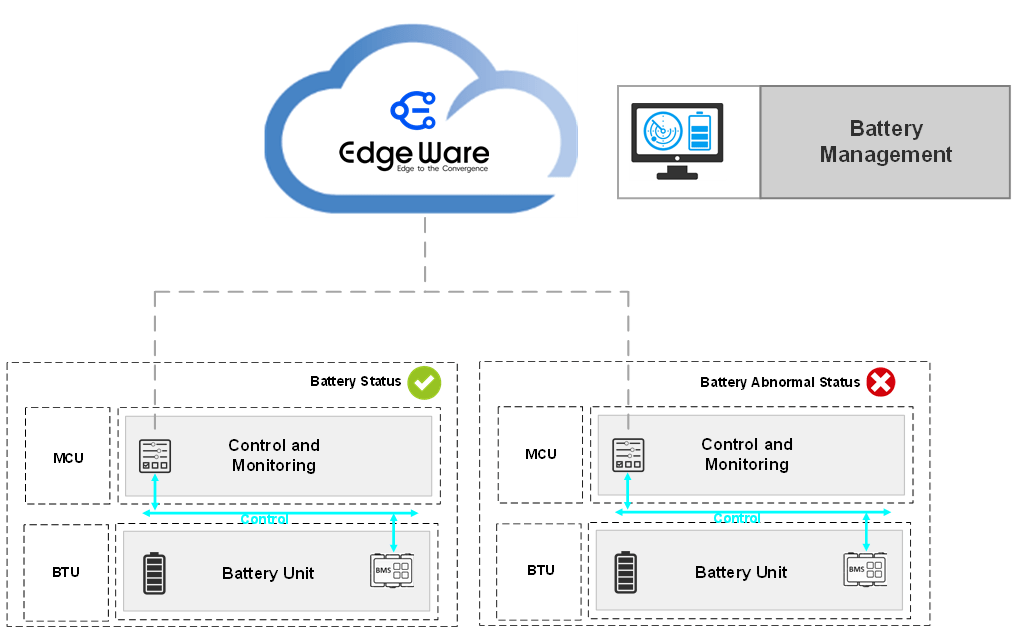
How to Configure Battery Life Cycle Number Threshold
Outdoor Telecom Cabinet Fan System Controlled by Remote Monitoring Software
Remote Monitoring Software Function- How to Configure Battery Usage Time Threshold
Remote Monitoring Software Function- How to Configure Battery Life Threshold
2.1.4 Preparation for Environment Challenge
Solar Powered CCTV Camera Site also faces great challenges from the environment. Because when a CCTV camera site needs to provide energy based on solar, these sites are often in remote areas, which inevitably encounters special environments such as jungle, mountains, deserts and seaside. This requires our special attention. General solar powered CCTV Camera Site builds outdoor solar system based on IP55 outdoor cabinet, and uses galvanized steel as the basic material of outdoor cabinet, which will actually bring a series of problems:
(1) Jungle Area
e main problem in the Jungle area is the remoteness and inaccessibility, which makes maintenance more difficult. The overall humidity in the Jungle area is high, especially in the rainy season, the humidity will be as high as 90% or more. Because of the good ecology in the Jungle area, there are many insects and animals. If the outdoor power solution is based on the IP55 Outdoor Cabinet, there is a certain probability that insects and animals will invade.
(2) Desert Area
There are also many desert areas in the world, and these desert areas are widely distributed in developing countries. The biggest problem in desert areas is sand damage to the Outdoor Power Solution. These areas usually have a lot of sand and dust, r if there is a sandstorm, the problem will be exacerbated. The biggest problem with IP55 Outdoor Cabinet is that it is not a completely closed system, so sand and dust can easily enter the outdoor power system and affect the stability of the system.
(3) Near Sea
The biggest problem in the Costal area is the combination of high humidity and salty air, which can cause the metal to rust quickly. These rust can cause great challenges to the longevity and stability of the equipment
You can refer to our article for more information:
Typical Problem of Outdoor Power Solution Based on IP55 Outdoor Cabinet
Therefore, Edgeweare tends to recommend that the Solar Powered CCTV Camera Site be built based on an outdoor enclosure with IP65 level or above.

